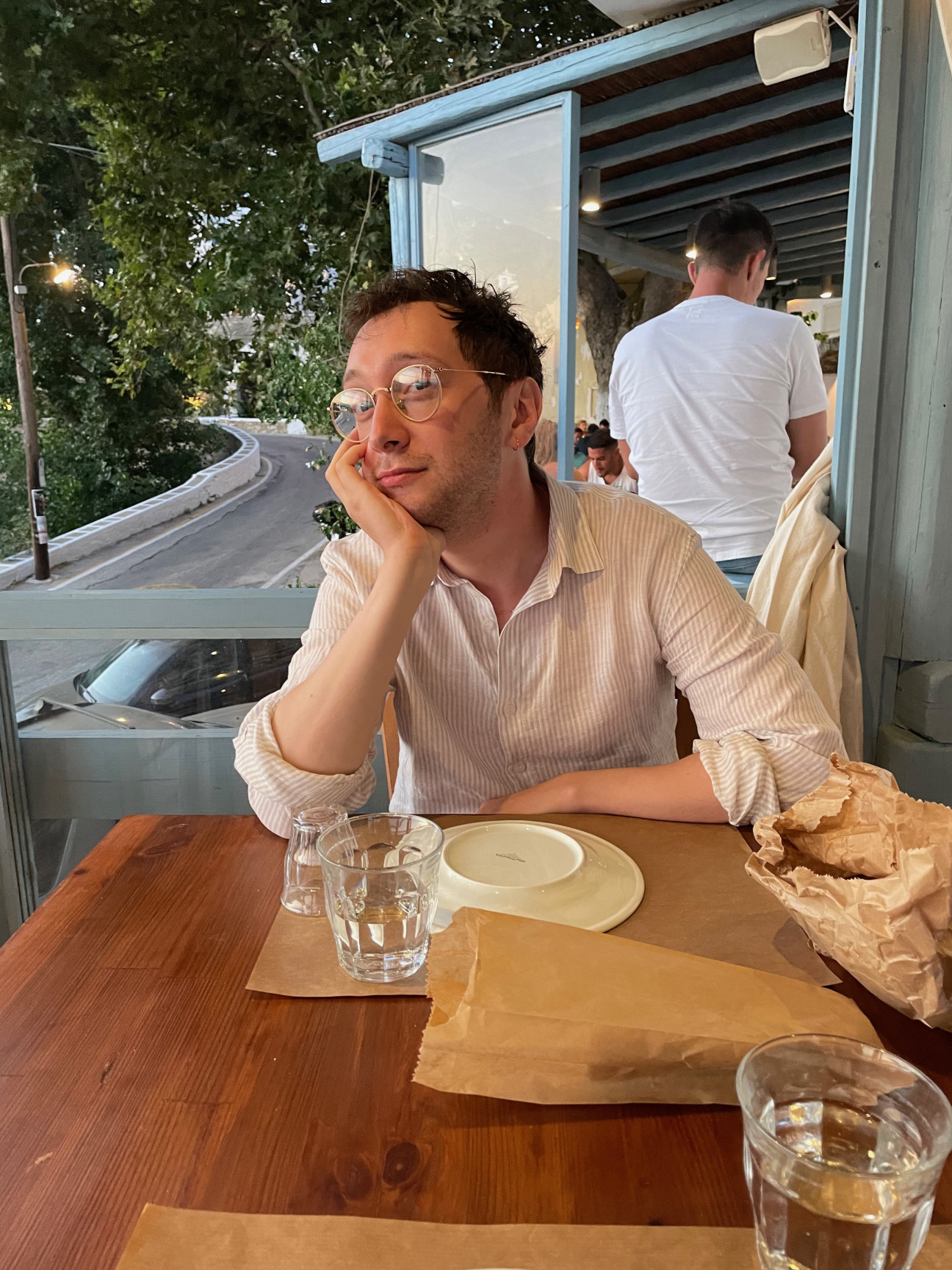
There are probably fewer full-time food critics employed by national magazines than there are Supreme Court Justices. And when a vacancy opens up among the ranks, it prompts about the same amount of chatter as an empty seat on America’s highest court. That’s why all eyes are on Matthew Schneier, who recently took over from 22-year veteran Adam Platt as New York magazine’s chief restaurant critic. A native New Yorker, Schneier has a somewhat unorthodox background for the gig: he cut his teeth as a features writer and fashion critic. Now, he brings that discernment to the wine bars, bistros, and pizza shops of the five boroughs. CULTURED caught up with Schneier about his food philosophy, his approach to pseudonyms, and the trends sweeping the city’s culinary landscape.
CULTURED: Where are you, and what’s in your system?
Matthew Schneier: I’m in my apartment in Brooklyn at my little desk, where I am working furiously on a review that is probably already past deadline. I hesitate to admit it, but because I wasn't feeling well when I woke up this morning, the only thing I've had so far today is a cup of tea with lemon and honey. That's a very disappointing answer for a food critic to give.
CULTURED: What’s your first restaurant memory in New York?
Schneier: It was at Hamburger Harry's, which is long gone. It was on Chambers Street. I remember falling completely in love with it because it had the kind of food I liked when I was about five years old: burgers and hot dogs and whatever else. I was a kid when I fell in love with Nuts for Nuts. I was a kid when I fell in love with Veselka at two o'clock in the morning. I was a kid when I fell in love with Yonah Schimmel’s Knishes, the old one on Second Avenue down the block from me. I first had sushi at Zutto, which has been around in one form or another since the AREA days. Those places left a mark on me and my food writing, too.
CULTURED: There's quite a mystique to the restaurant critic. When you got the role, were there any other critics you reflected on?
Schneier: The books that I nerdily brought to the beach this August were food writing of an older vintage because I'm very curious about the history of it. I was digging into William Grimes’s Appetite City: A Culinary History of New York, 2010. I got Joseph Wechsberg’s Blue Trout and Black Truffles: The Peregrinations of an Epicure, 2005, which is always being referenced as a really important early 20th century book. My greatest of all time is M.F.K Fisher. She is someone who really sees the world through food. For my money, How to Cook a Wolf, 1942, is as great a book about war as The Guns of August, 1962, or The Return of the Soldier, 1918.
What fascinates me about the restaurant beat is that it's one of the great lenses through which to look at the culture of a city. As go the restaurants, so goes New York. That is certainly something that I’m going to try to bring through my reviews.
CULTURED: How did you prepare for and write your first review on Libertine, New York’s hottest new French bistro?
Schneier: The main preparation was trying to get in. Libertine and many restaurants like it have become very challenging to break into. Part of it was going early, going late, waiting it out, going on off days trying to see how the kitchen is operating. In terms of preparing spiritually, my friends would tell you that I have been raving and complaining about food for as long as they've known me, and I'm generally not shy with my opinion. I've done some criticism before—I did fashion reviews for several years at the New York Times. I’m trying to assess a restaurant on its own merits, by its own ambitions. We have to acknowledge that it takes all kinds. The secret is living up to the standards you set for yourself.
CULTURED: Your Libertine review included a great description of chef Max McKinnon's tattoo. Is showcasing the people behind the place important to you?
Schneier: A restaurant is an ecosystem. These are passion projects and businesses. When I was invited to apply for this job and put together a memo, one of the points I made—and it's in no way unique to me—is that restaurants are only in part about food service. They are also about theater and gathering and socializing.
CULTURED: What do you think people get wrong about restaurant critics?
Schneier: There is generally some leeriness about criticism. You know, “my kid could paint that.” That said, great critics, over time, develop a real context and expertise that makes their thoughts worthwhile, whether you agree with them or not. One of the roles of the critic is to be a reader surrogate. I am insanely lucky to have this job, but the point is not for me to just eat my face off. The point is to communicate to other people what I think is great, what I think could improve, and potentially, help them make some decisions of their own.
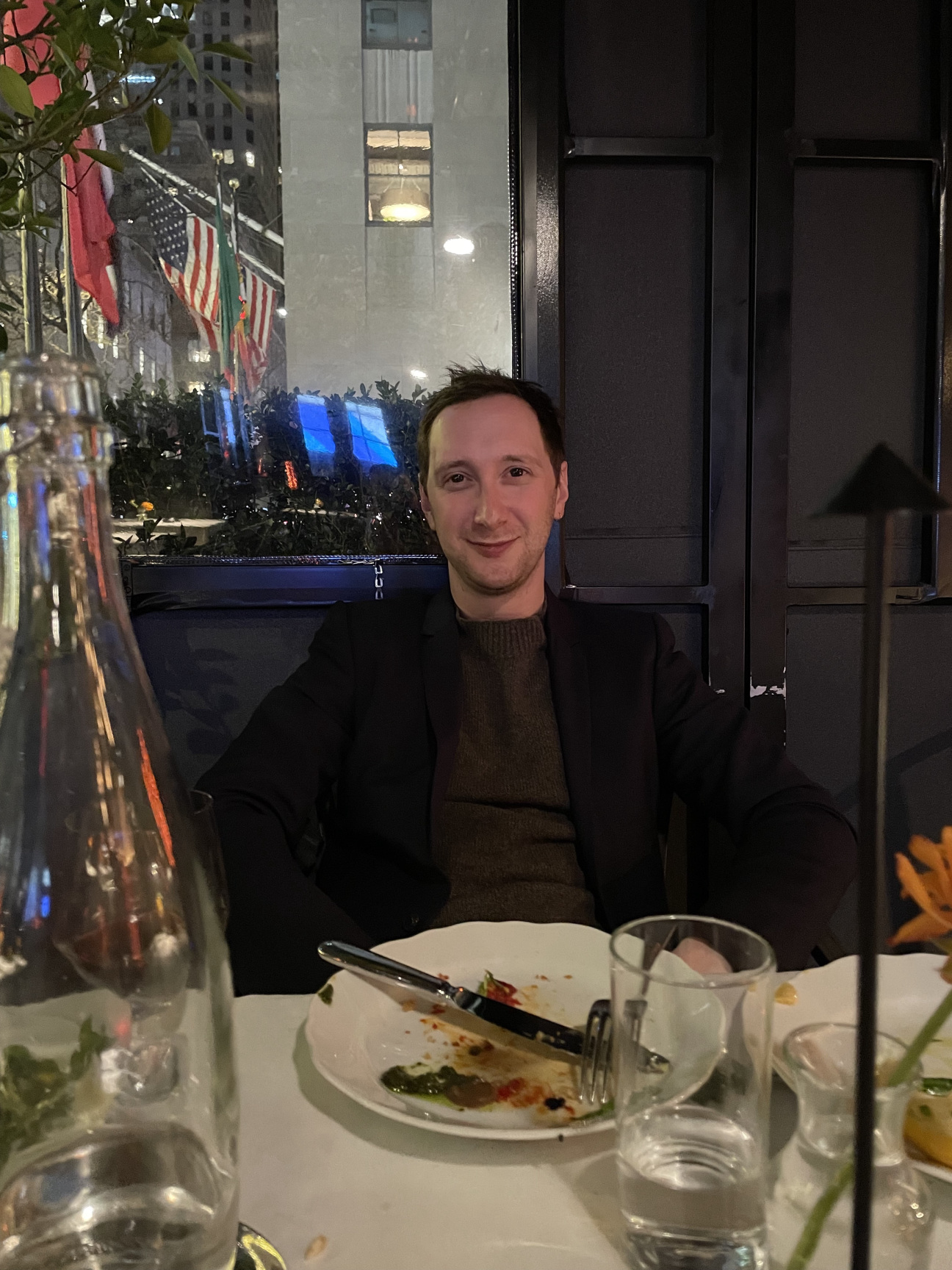
CULTURED: What are you looking for from a restaurant?
Schneier: I’m really interested in price and its relationship to value. I am basically willing to pay anything for an experience that is truly special, but I am not someone who thinks that quality goes up in direct proportion to price. I will be very curious how, in these challenging environments, restaurants continue to be nimble about giving their customers something that they can't get elsewhere.
There are a million ways that restaurants try to tweak the equation. Think about tasting menus—if you know exactly what you're gonna cook every night, you can buy less, and those can be transcendent. I also don't think the answer is only to become a zillion-course tasting experience. Diners should be able to walk into a restaurant off the street without making a reservation six months in advance—maybe they'll have to wait, I'm happy to wait if I need to—and order what sounds good to them from the selection.
CULTURED: You wrote about the “It girl” in April. Are you starting to see the qualities that make an “it restaurant” in New York today?
Schneier: There's a trend toward private clubs and restaurants as pre-screened meeting places. There’s also a trend toward a more casual bar environment. We're still in the era of small plates. We're definitely seeing a preference for tasting menus. These are opportunities for restaurants to really show their stuff. Several of the openings we're looking ahead to, in the fall, are places that will be quite expensive and quite limited.
CULTURED: Do you have a dream dinner date?
Schneier: I have an enormous amount of respect for [writer, chef, and founder of Prune] Gabrielle Hamilton. Prune is very special to me. I had my 21st birthday there. She's also an incredibly beautiful writer. One thing critics don't get as much is the perspective from working in kitchens for years or decades, so she would be one that, off the top of my head, springs to mind. She’s a fantastic, legendary New Yorker; she also seems tough as shit, which I appreciate. I do not think she would be altogether charmed by my flowery nattering, which is probably good for the review.
CULTURED: Where would you want to take her?
Schneier: I think the question is, where would she want to take me?
CULTURED: Breakfast, lunch, or dinner, and why?
Schneier: They've all got their merits. I tend to be pretty regimented about breakfast, a little looser at lunch, and then kind of a running pig at dinner, so dinner is usually the most fun.
CULTURED: What words do you think are overused in food writing?
Schneier: The word that comes to mind is a word that I started to type today and gets thrown around a lot: “buzzy.” It does connote a certain kind of trendiness and action to the conversation. But it’s a bullshit word and, and maybe if I say it in digital print, I will effectively scare myself off from ever using it again.
CULTURED: What is an underrated New York specialty?
Schneier: The bialy is enormously underrated. Maybe this is where I get hate mail, but I am not a huge bagel person. I would always rather have a bialy like my great aunt used to have.
CULTURED: What is your bodega order?
Schneier: I am a sausage, egg, and cheese rather than bacon, egg and cheese man, which is potentially controversial. With hot sauce, ketchup, and salt and pepper.
CULTURED: Where do you shop for food when you cook at home—if you cook at home at all?
Schneier: I don’t really cook at home these days, but I live with my partner and we historically have tried to cook a couple nights a week. We generally get groceries from Fresh Direct. There's a great farmers market at Borough Hall on Saturdays. I've become a little bit of a nightmare about seeking out specialty ingredients; I'm slightly embarrassed to reveal that I have regular standing orders at a jam store in California, my beloved nuts.com in Jersey, the Rancho Gordo Bean Club, and a coffee roaster in greater Fort Greene. People come over and laugh at me sometimes, because I have insisted upon some of the more difficult-to-procure or at least costlier versions of everyday items.
CULTURED: Anything else you'd like to tell your readers?
Schneier: I'm just so aware that I stand on the shoulders of great ones and that I am in some ways an out-of-the-box choice for this role. I hope to do everybody proud. I wrote in my introduction to the magazine that I grew up in the most wonderful family in New York, but one that literally couldn't get beyond toasting a bagel. I don't think it's an exaggeration to say that I was raised in New York restaurants. I feel like the luckiest guy in the world that someone turned me loose and said, "Go out there and eat it."

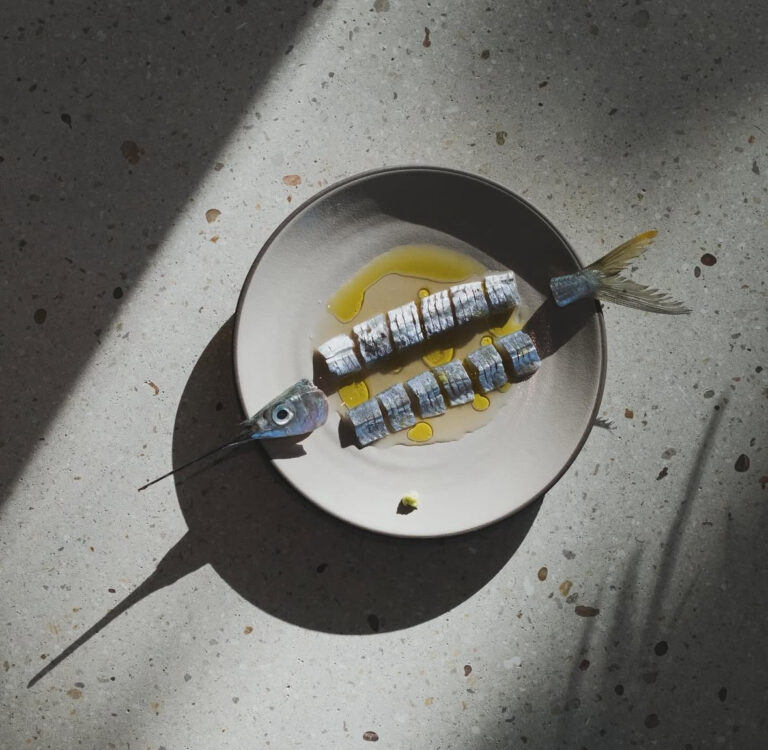
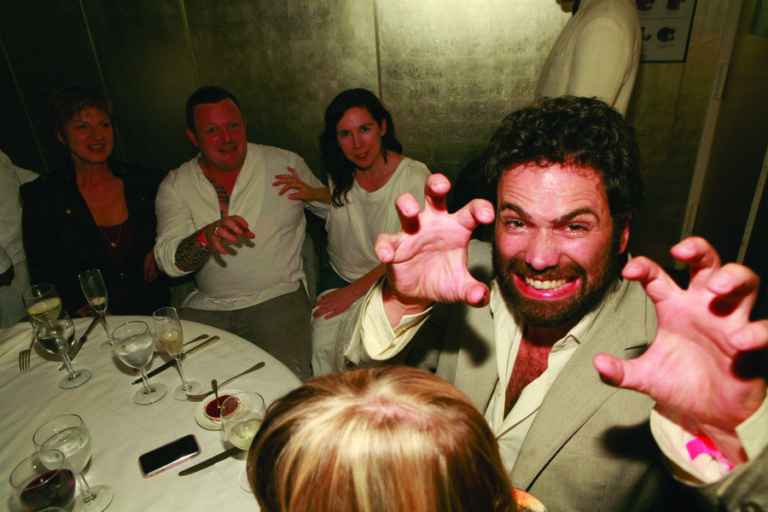

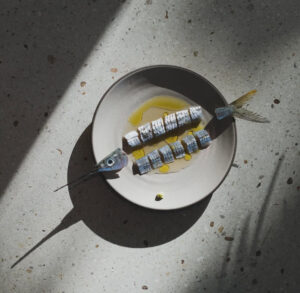
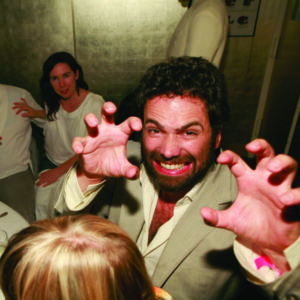
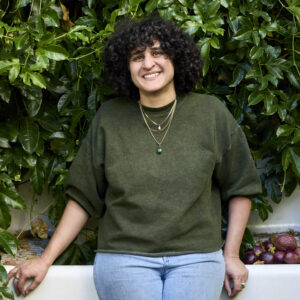



 in your life?
in your life?

